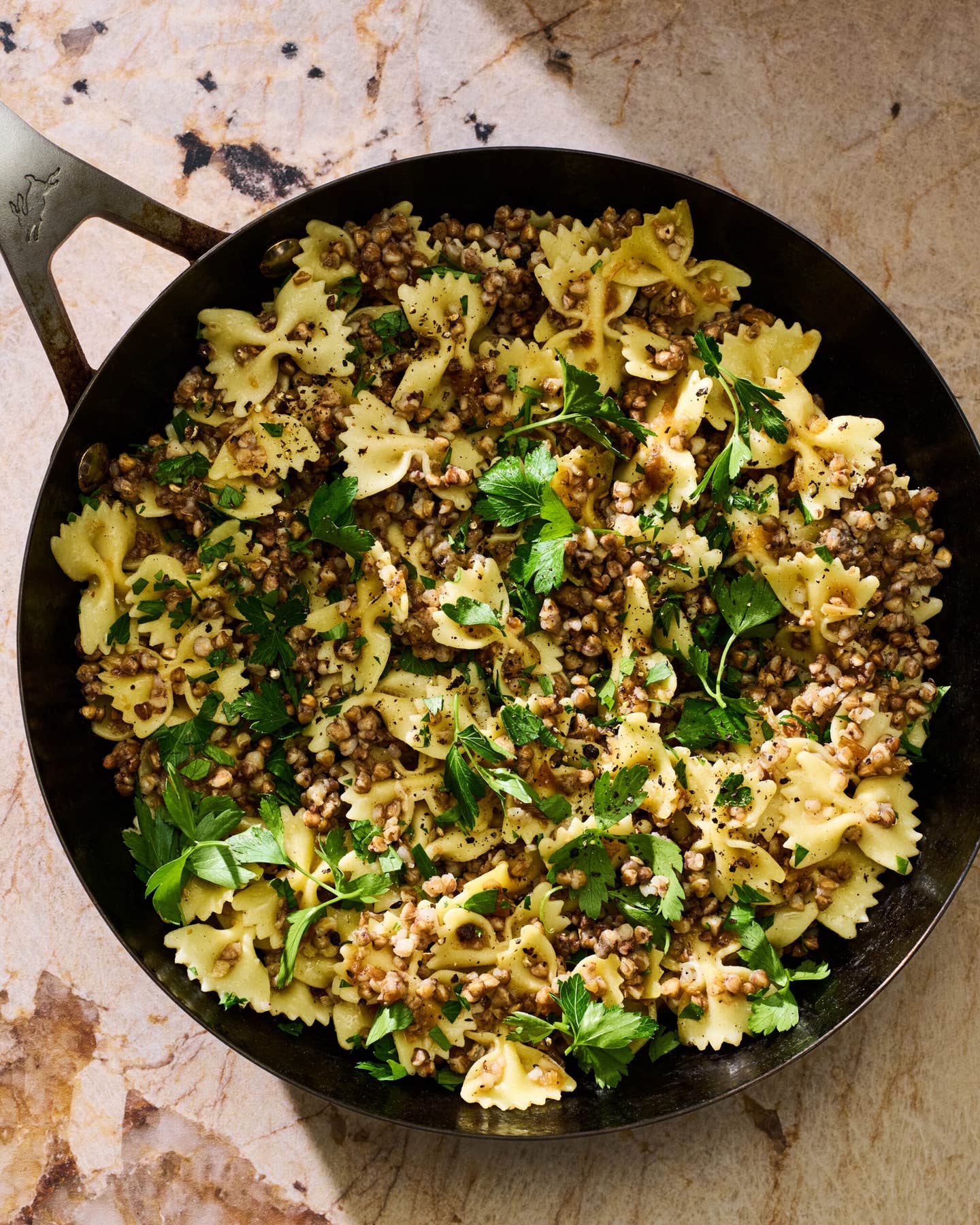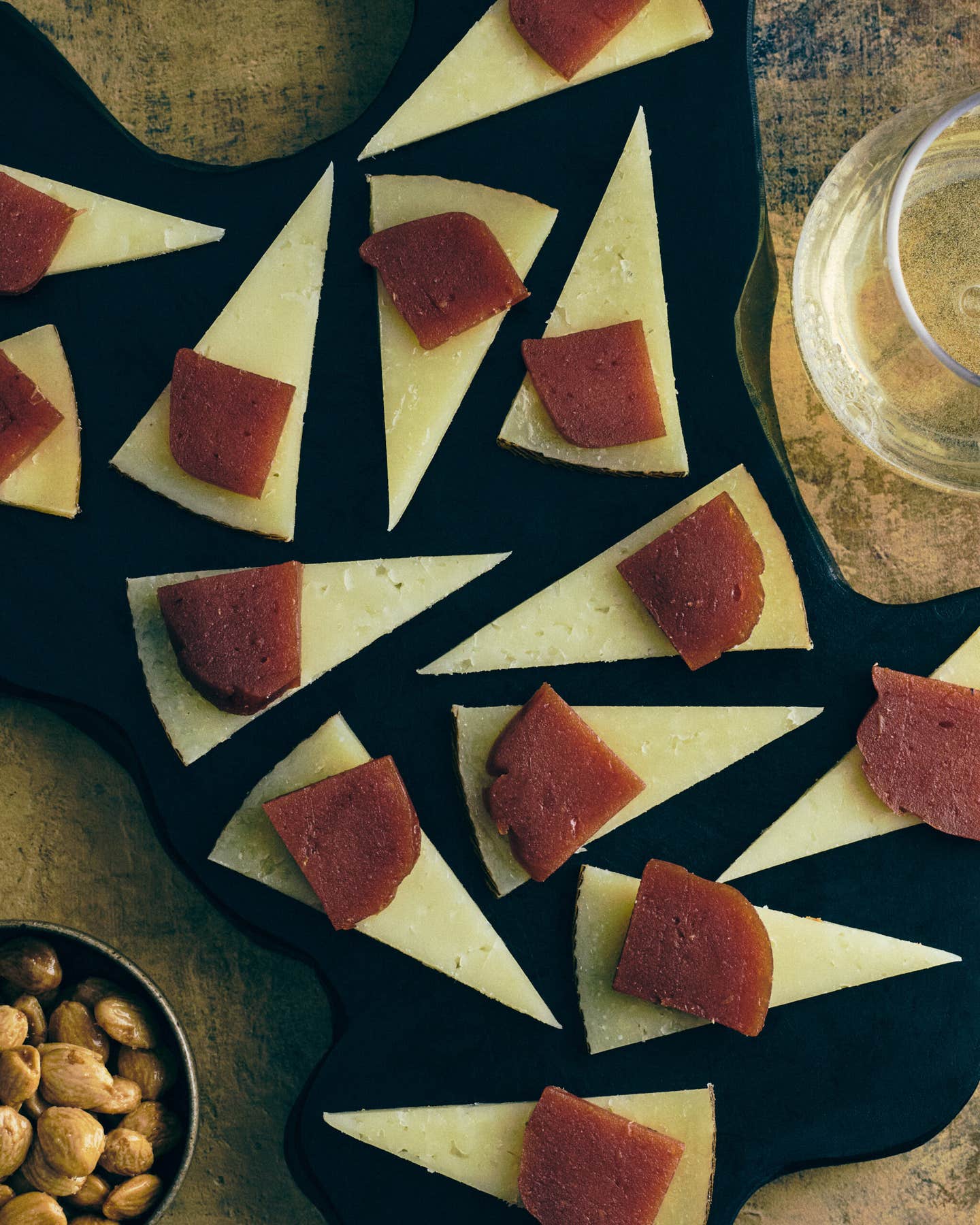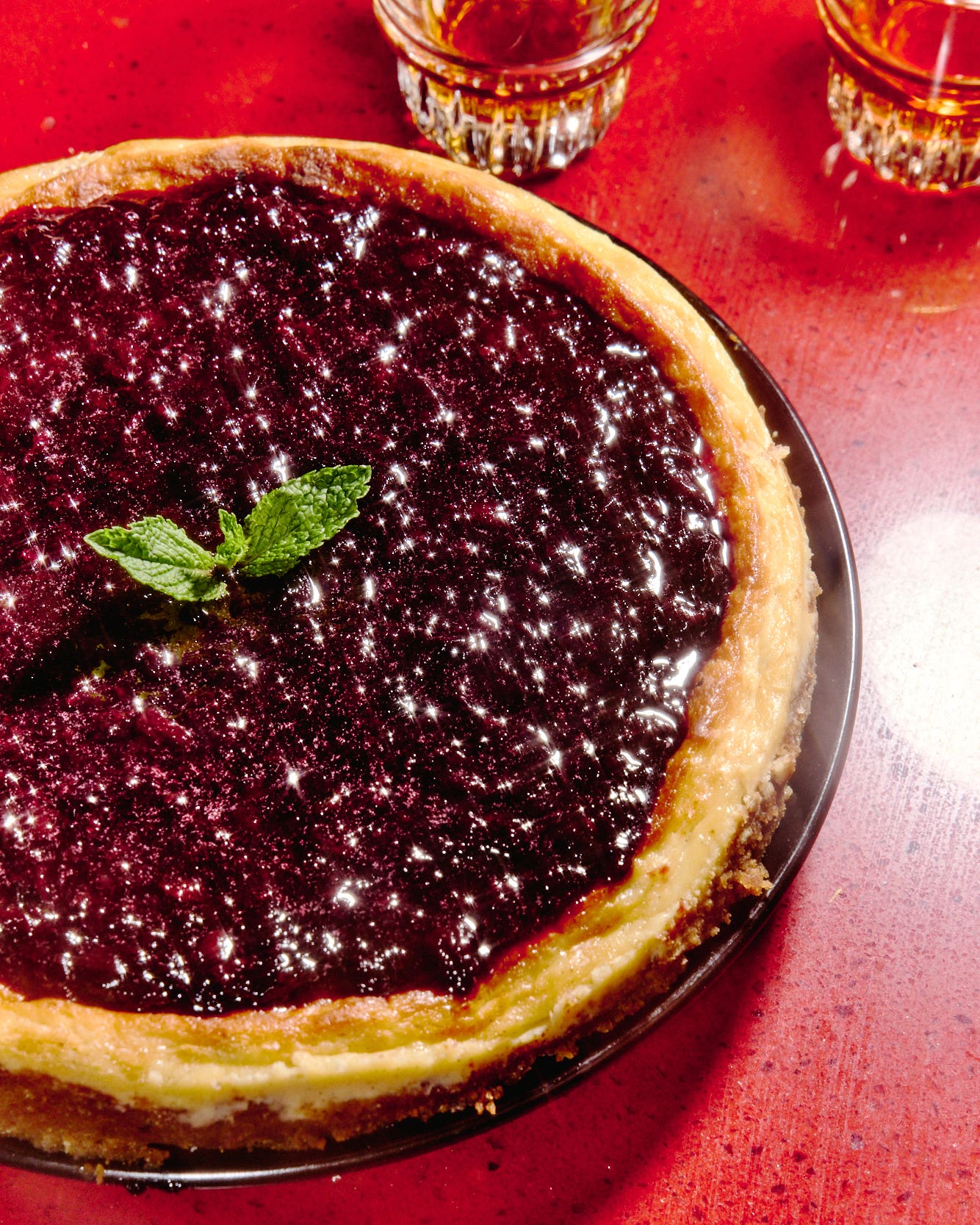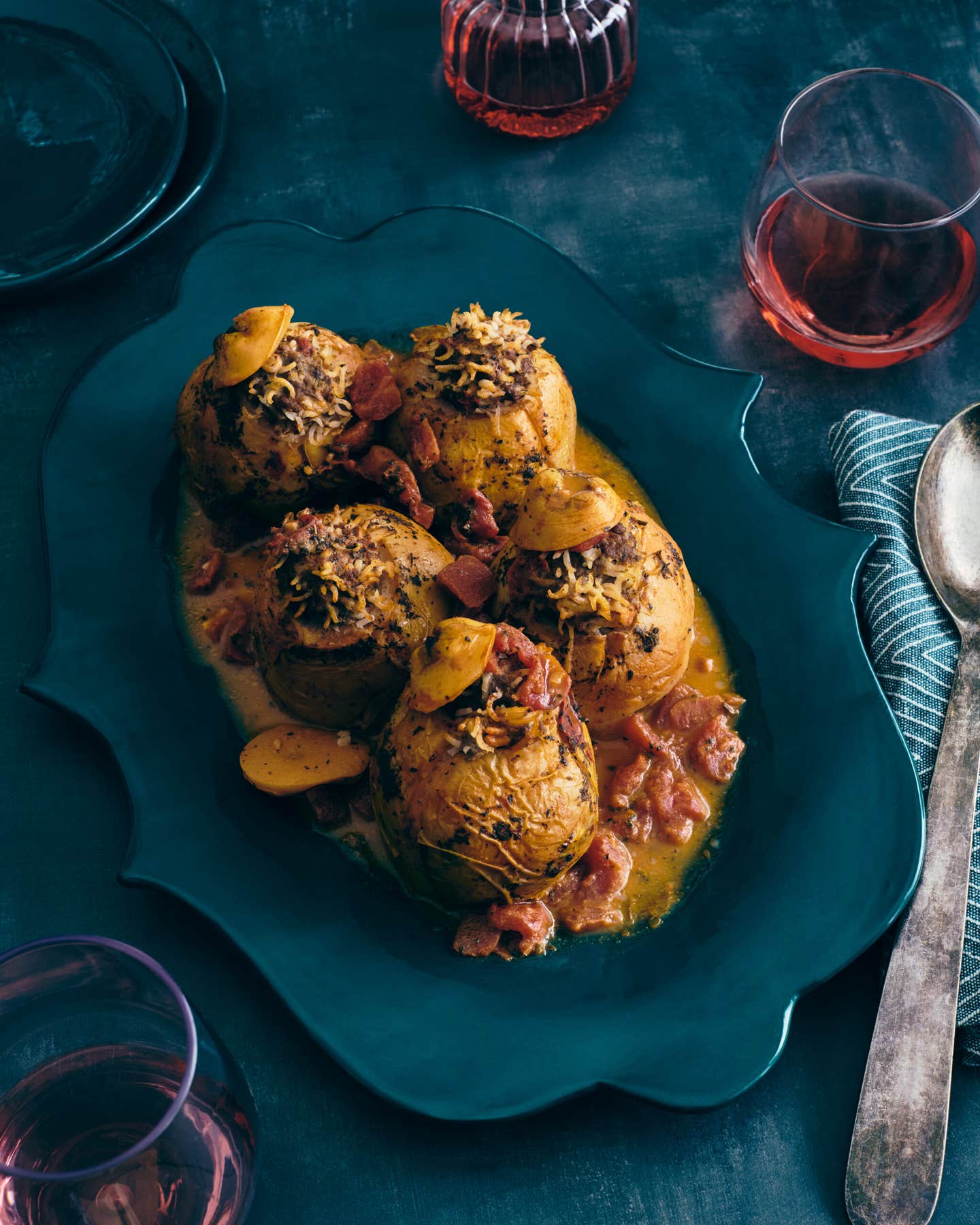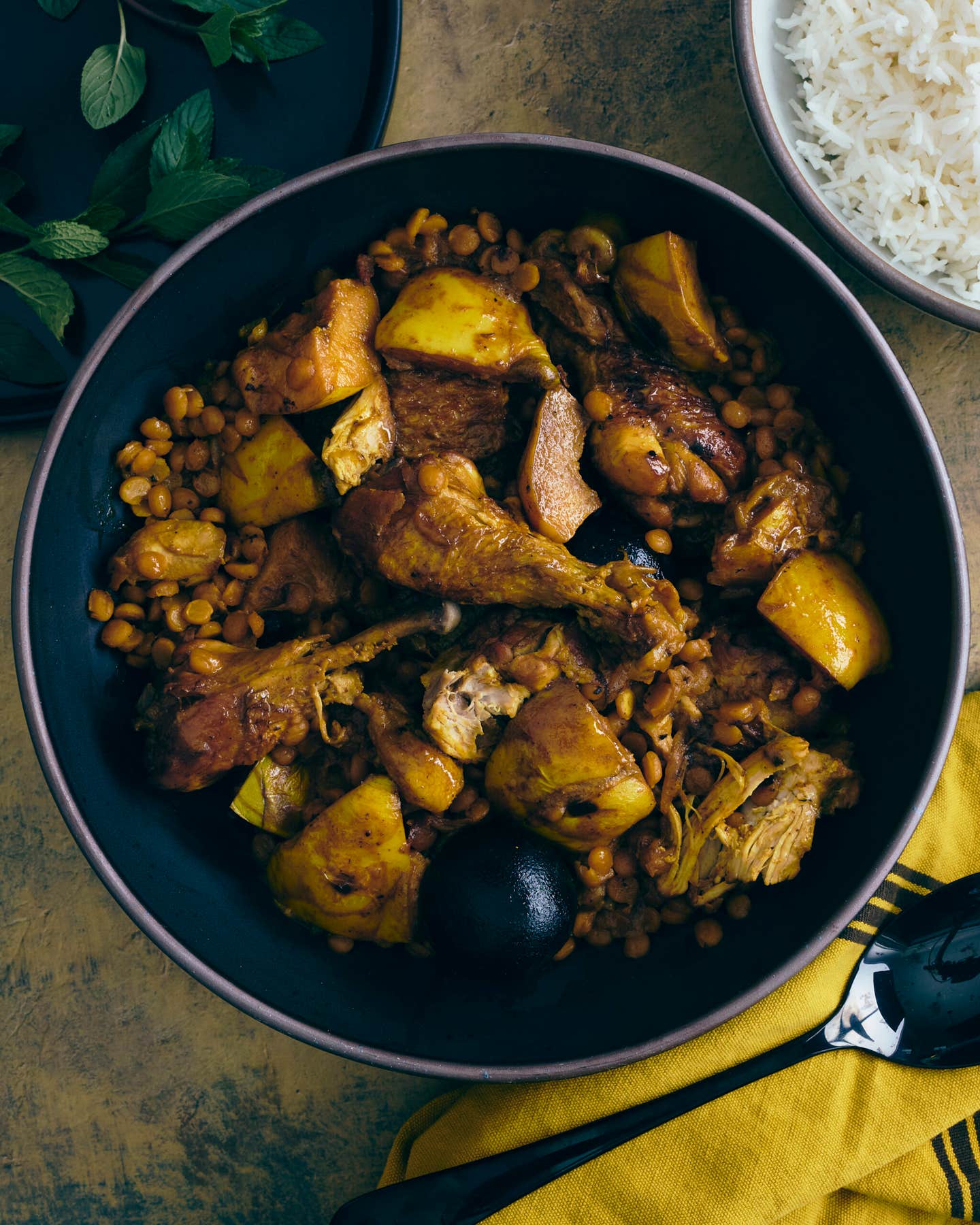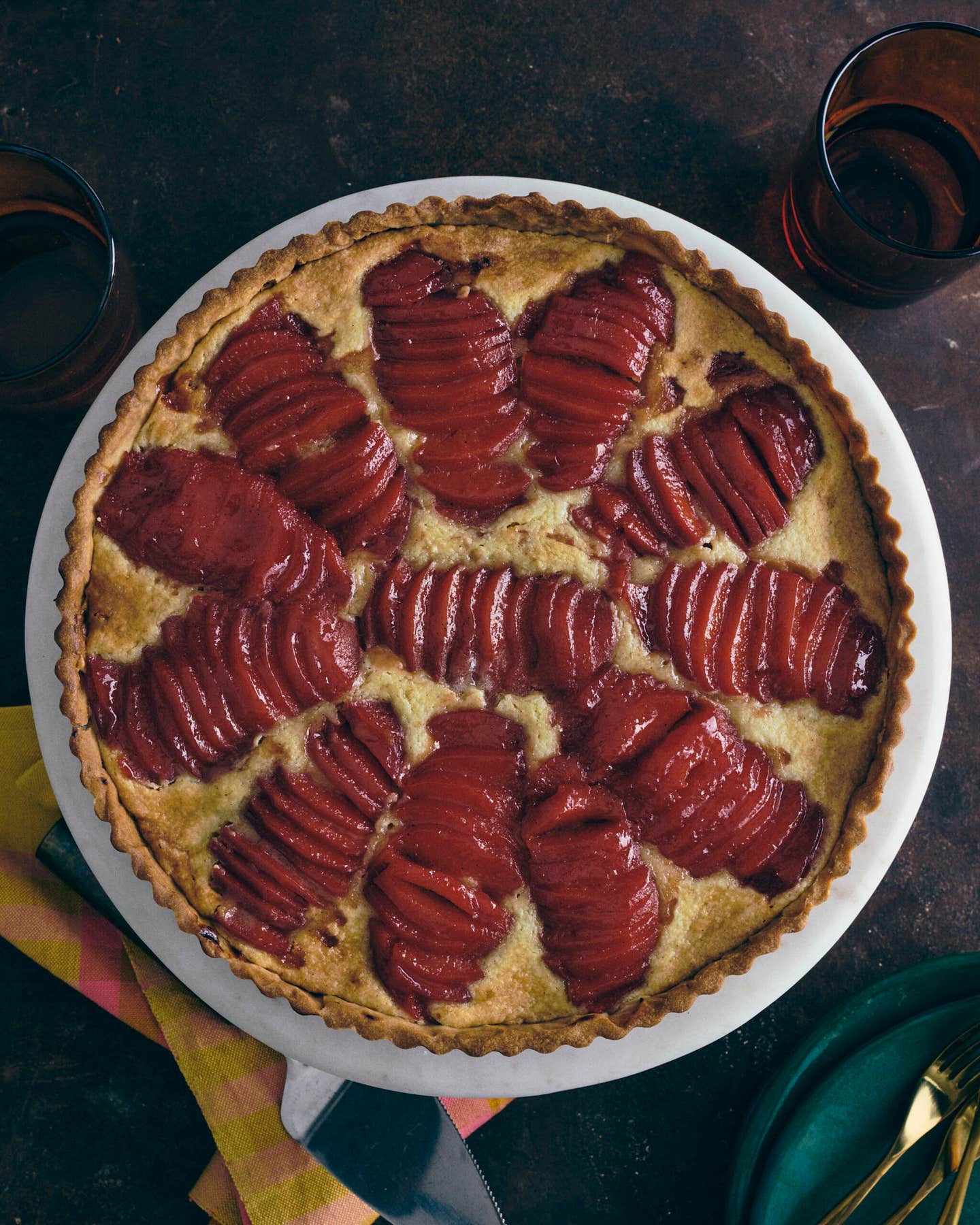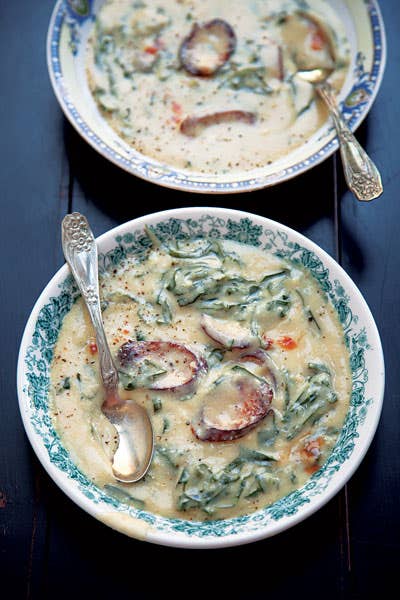
Green Goddess: Why We Love Collard Greens
Life-sustaining and delicious, collard greens are a cause for celebration.
Collard Greens, Cornmeal, and Sausage Soup (Sopa de Fuba)
Cornmeal thickens the broth in this comforting soup from the state of Minas Gerais in Brazil.
There were some soul food dishes that my family did not eat. Chitlins were spoken of in hushed, horrified tones. Pig's feet? No, thank you. We left those back at the plantation. But collard greens were different. Stewed in a cauldron, the big, tough-looking leaves become wonderful and delicious, tender and emotional.
When I was growing up in Pasadena, California, my mother cooked collard greens once a month or so. The dish was a departure from our mainstream American diet, which consisted largely of the convenience foods that so many people ate in the 1970s: Tater Tots, frozen vegetables, and Chung King—brand Chinese food. But collards were a family recipe. My grandparents had left Louisiana in the 1930s to escape segregation and Jim Crow, and while they didn't talk much about life the South, we did hear a lot about the food. My Nana told me that back when she was a little girl in Minden, Louisiana, a small town outside of Shreveport, her aunt Athelene had a big farm. They would go out and pick vegetables from the field for their dinner, including what Nana called "tree collards." "Most people, you would go to their house and you'd see these big stalks of greens," she told me recently. "The stalk would be about six feet tall."
When I was young, Mom showed me how to clean the leaves—which wasn't a delicate activity; they held a good deal of sand and grit. Then she would braise them in a stockpot over low heat, and the broad, leathery greens would take on a silky, sleek texture. When they were ready, I would break up corn bread into pieces and mix it in. The bitterness of the greens and the sweetness of the bread combined to make an earthy, fragrant stew.
After I left home, collards followed me. In my college days at Berkeley, I worked as a waitress at the Blue Nile, an Ethiopian restaurant, where one of the most requested dishes was ye'abesha gomen (see Recipe), collard greens stewed with a spiced butter called nit'r qibe, eaten with torn-off pieces of injera flat bread. A stint in a Brazilian restaurant introduced me to that country's staple collard dish: sopa de fuba (see Recipe), a savory porridge threaded with collards and thick with cornmeal and sausage. Once I had my own family, I started to cook collards for my children. I learned that the robust leaves were just as delicious chopped into ribbons and quickly sauteed with olive oil, yielding a dish that was as crisp and brightly colored as my mother's was soft and subdued (see Recipe: Lonnee's Collards). The versatility of the greens, and the many preparations I'd encountered, led me to wonder about collards' origins. I'd always considered them the birthright of the American South, but where had they actually come from?
Some say the connection to collards is hardwired in black people because the plant helped us survive slavery times. For slaves, meat was often a luxury, rationed out in stingy portions by their owners. Greens, when cooked with a smoked ham hock, took on the richness of the meat. The pork would fall off the bone, its taste imparted to the potlikker—the nutritious broth created by stewing the collards that replenished the body after a long day of labor in the fields. From deprivation came something delicious.
The humble profile of collard greens in America and the affinity slaves had for them have led to a misconception that Africans brought them to the New World. The plant, a non-heading cabbage—which means that its leaves are loosely gathered, rather than tightly bound—is most likely native to southern Europe, where it has been cultivated for thousands of years. Genetically, it is more closely related to cabbage than it is to kale, though all are part of the vegetable species known as Brassica oleracea, which also includes cauliflower, kohlrabi, and Brussels sprouts. The ancient Greeks and Romans grew kale and collards, making no distinction between the two. The term that described them both, "coles," appeared in European writing as far back as the first century. In the Americas, the earliest reference to "coleworts," the Anglo-Saxon word for cabbage plants that was the precursor to collards, dates to 1669.
While Africans did not introduce collards to the New World, they did bring the technique that produces the potlikker. "It's the drinking of the potlikker that is African in origin," explains Jessica B. Harris, author of the cookbook Iron Pots & Wooden Spoons: Africa's Gift to New World Cooking. I spoke to my grandmother, who remembers the practice from her own childhood. "In the olden days, they used to get the juice from the greens and give it to the babies," she told me. "They'd say that all your vitamins were in the potlikker." I'd known the term when I was young, but it had seemed outdated and quaint. I hadn't realized its importance.
Back in the days of slavery, and again during the Great Depression, many families made it through tough times by eating greens grown in a backyard collard patch. Collards' hardscrabble hardiness probably explains why they are associated with good luck. Southern tradition holds that a New Year's Day meal of collard greens and black-eyed peas will bring prosperity throughout the year. The green leaves are said to represent dollar bills, and the peas coins.
Of course, in the South, collards are revered by blacks and whites alike, and the plant is one of the most widely grown crops in the region. It's there that you find a good assortment of collards, too, as many farmers grow and sell heirloom varieties, some with thinner ribs, others with more-ruffled leaves. Many collards lovers believe that the best time to eat them is in winter, right after the first frost, when the leaves are at their sweetest.
Nowadays, I use collards every which way at home: I make salads out of the baby leaves (see Recipe: Collard Greens Salad with Peanut Vinaigrette), when I can find them; I saute them; I cook them in soups and stews. It's mostly on the holidays that we cook them the traditional Southern way. At Thanksgiving, my family congregates in the Las Vegas house owned by Nana and my aunt Carol. Collards cooking duty alternates between my relatives. Each person's recipe is slightly different, but no matter who is responsible, the greens are always tender, with a bit of smoked ham hock and some onion.
Thanksgiving in Las Vegas seemed unusual to me at first, but the combination of family, good food, and Wheel of Fortune slots at the Suncoast is hard to beat. After all, collards are supposed to bring good luck. I think I'll have another bowl.
See six terrific collard greens recipes in our photo gallery.
Keep Reading
Continue to Next Story

